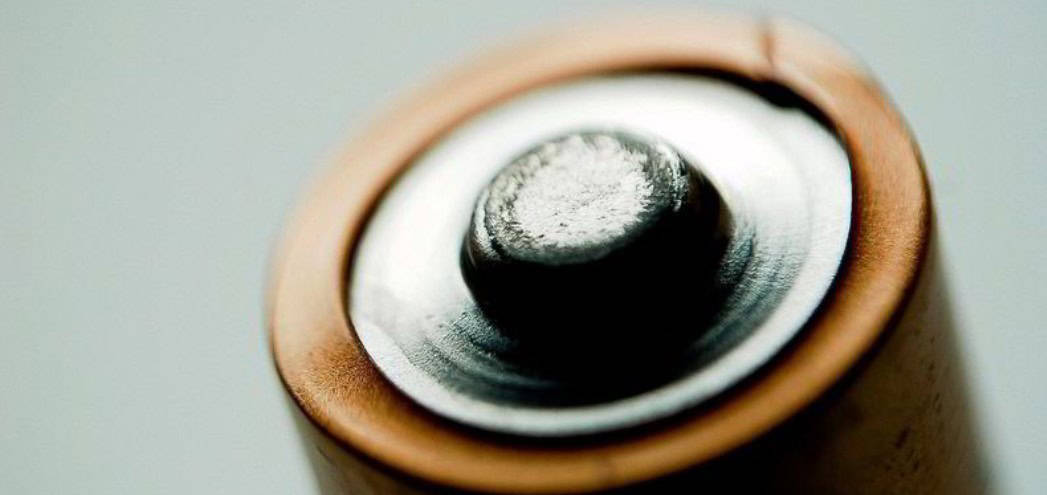
Australian researchers have made a breakthrough in developing revolutionary lithium-sulphur batteries that can hold up to five times the energy for half the cost of their traditional lithium-ion counterparts.
A team at Monash University in Melbourne claims to have developed a new lithium-sulphur (Li-S) battery design that reduces the amount of lithium needed while significantly boosting its durability.
The researchers say their “nanoporous polymer-coated lithium foil anode” also holds more energy and will be half the price of lithium-ion batteries.
A long-standing issue with lithium-sulphur batteries is that lithium anode and sulphur cathodes react with each other.
This creates tree-like structures called dendrites, which branch up from the lithium anode, degrading it and the electrolyte, which is the medium in which lithium ions shuttle back and forth.
That reduces the power the battery can deliver and means they ultimately die too soon to make them commercially viable, sometimes in as little as 50 cycles.
The problem can also end up making the batteries short-circuit, potentially causing the flammable electrolyte to catch fire.
This is the same problem that has blighted lithium-ion batteries, which dominate the energy storage market but sometimes go up in flames – as a large Tesla battery did recently in Australia.
PhD student and lead Monash researcher Declan McNamara said the new thin polymer coating his team had designed “significantly improved the number of times” the lithium-sulphur battery could be cycled.
“The polymer contains tiny holes less than a nanometre in size – one billionth of a metre – which allow lithium ions to move freely while blocking other chemicals that would attack the lithium.”
He said the coating “also acts as a scaffold for lithium, and helps it charge and discharge repeatedly.”
“Metallic lithium is a bit of a double-edged sword,” said McNamara. “Lithium is packed full of energy, but in a bad battery, this energy is wasted on side reactions.”
“On the other hand, if the energy is chanelled correctly, it can make some incredible energy storage devices that are easier to make. This coating is a step towards highly efficient, easily manufactured Li-S batteries.”
His colleague, Professor Mainak Majumder, said the study “establishes a new framework to protect Li-metal from rapid decay or catastrophic failure which has been an Achilles heel for Li-S batteries.”
Another team member, Professor Matthew Hill, said the batteries could make an instant impact. “The market for electric vehicles, drones and electronic devices is on a steep growth pattern and this research is commercially ready for manufacturing to support that growth.”
Li-S batteries are one of a number of new battery technologies vying to make inroads into the dominance of lithium-ion – with other chemistries including zinc-ion, sodium-ion and iron-air.
